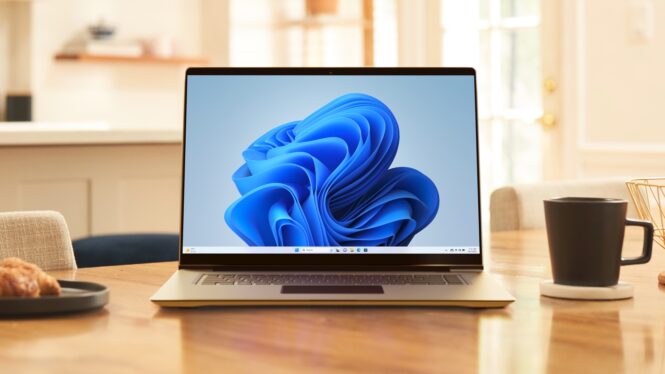
Enlarge / A PC running Windows 11. (credit: Microsoft)
As we’ve written before, Windows 11’s adoption among PC users has been a bit slower than Windows 10’s, and that has continued into the operating system’s second year. Internal Microsoft data obtained by Windows Central claims that Windows 11 is currently in use on around 400 million PCs, almost exactly two years after the operating system’s October 2021 release.
Windows 10 had been installed on over 500 million systems by its second birthday, which backs up data we’ve seen from sources like Statcounter and the Steam Hardware Survey—Windows 11 just isn’t being adopted at the same rate as its predecessor. Worldwide Windows market share data from Statcounter suggests that Windows 11 runs on between 23 and 24 percent of Windows PCs, compared to 72 percent for Windows 10, and Statcounter shows Windows 11’s growth has stagnated in recent months. Still, Windows 11’s numbers are said to surpass Microsoft’s internal expectations.
It’s difficult to directly compare Windows 10’s adoption rate and Windows 11’s. Windows 10 was explicitly intended to run on any system that could already run Windows 7 and Windows 8, the two most popular versions of the operating system at the time of its release. Microsoft also offered it to those users as a free upgrade for one year, a then-unprecedented move meant to spur people to upgrade their existing PCs rather than wait to get Windows 10 on a new one. By contrast, Windows 11’s system requirements generally limit it to PCs released in or after late 2017 and 2018, cutting off a large number of PCs that are running Windows 10 just fine.
Read 8 remaining paragraphs | Comments


